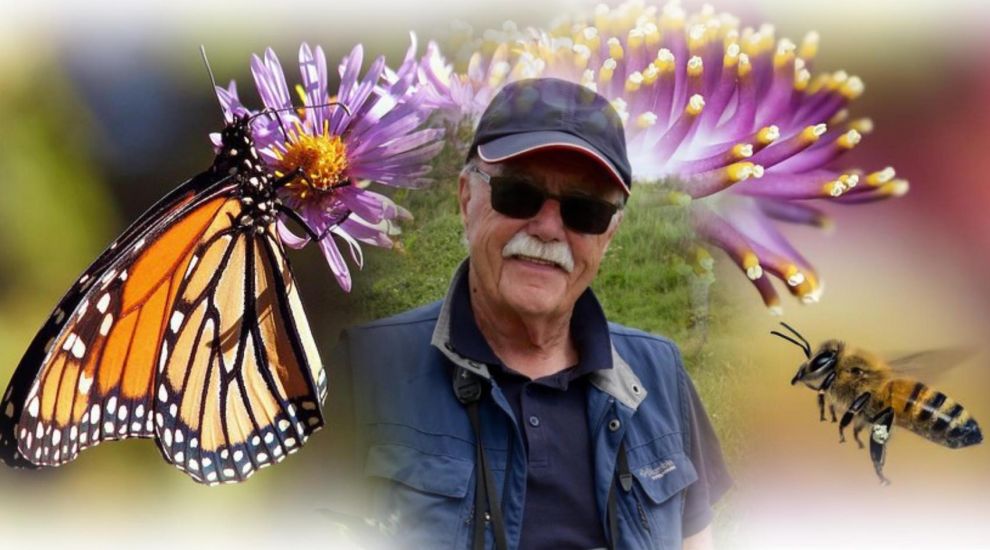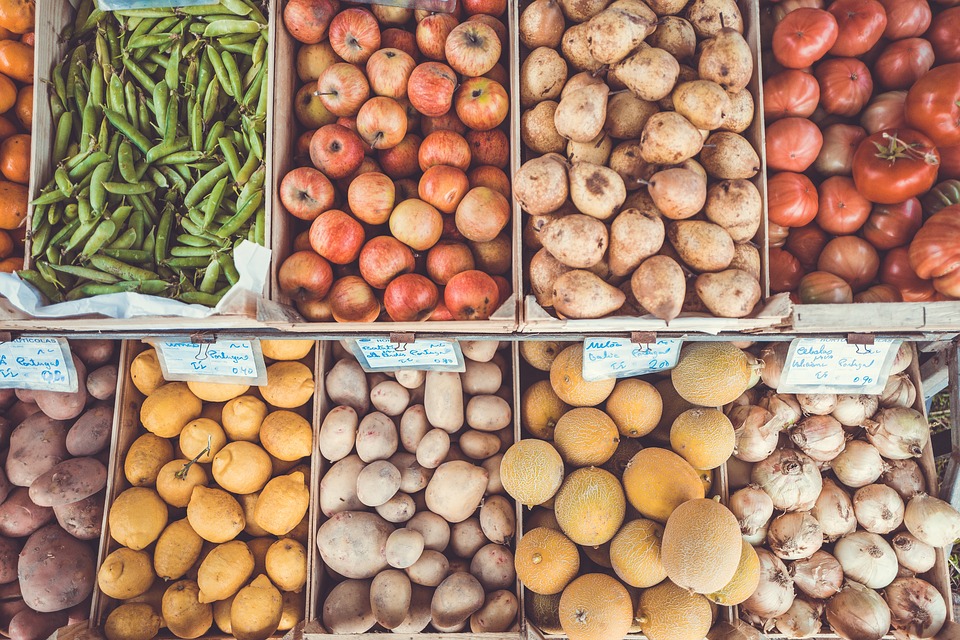

Maybe we all ought to be a bit less judgmental? After all, appearances aren't everything.
A beetle might be less pleasing to the eye than a butterfly, but the environment thanks them both equally - and so too should we.
That's the view of leading local environmentalist Mike Stentiford, who is on a mission to get looking after the natural world higher up on humanity's priorities list and make us value different species for more than just their aesthetic worth, as he explains in his latest column for Express...
"One of the BBC’s many social media sites offers a daily list of the most read stories and a recent ‘one-to-ten’ popularity chart gave a particularly interesting insight into readers priorities. Steaming in at number one was a Donald Trump story while an article relating to ‘1.8 million bin collection complaints in the UK’ slipped in at an endearing number 8. Propping up the final position at number ten was the revelation that the ‘environment is in multiple crisis.'
“The honest truth of the matter is that unless one is regarded as a bit of a tree-hugger or nature-nut, then what’s the point of others adding an extra burden to their long list of daily anxieties?

Pictured: Mike wants to make more people bothered about the environment.
And it’s a point full of validity because, as with any other occupation, hobby or diversion, unless there’s an element of total engagement, then the ‘problem’ surely belongs to someone else.
This current ‘environmental crisis’ relates to a dramatic decline in insect species which, sadly, is unlikely to rouse any immediate feelings of public despair.
This is likely due to the often misguided impression that the majority of insects are little more than irritating nuisances. Accordingly, many are terminally dealt with by farmers, growers, gardeners and householders armed with a lethal insect spray.
One of the many paradoxes surrounding our relationship with insects is that while we are generally loathe to harm or injure those we regard as ‘pretty’ - butterflies and ladybirds are prime examples - their duller counterparts, such as flies, bugs and beetles, would tend to get short shrift and 'nil-points' if it came to a sympathy vote.

Pictured: They might not be so pretty, but Mike thinks insects like the common fly are still worthy of our interest.
And hereby lies the perplexities surrounding the current decline and why, whether colourfully attractive or not, the general demise of so many species is now officially regarded as critical. Bringing the crisis into focus are two major issues worthy of absorbing.
The first is that the loss of insects will have a devastating effect on other eco-systems. This would mean a complete disappearance of the primary food chain for several species of birds, mammals, amphibians, reptiles and bats.
Although it will be argued that this is unlikely to impact on our personal day-to-day lifestyles, it might, perhaps, make any leisurely stroll in the Jersey countryside that bit less interesting and far less satisfying. The biggest impact of insect decline on populations, however, would be the loss of our five-a-day recommended healthy options. Whether feisty fruit or vegan veg, all are totally dependant on the pollinating capabilities of certain winged insects. And if this sounds alarmist, then it's high time, perhaps, for us to get real.

Pictured: According to Mike, we might be seeing less of these on our shelves
Although scientists and researchers have so far been unable to point the finger of suspicion in the direction of a single major villain, culprits are
eagerly lining up to form a queue. Loss of habitat, changes in agricultural practices, urbanisation, chemical pollutants and that bad boy of the 21st century, climate change, all are playing their part in the disruption of the natural order.
And, although it might be comforting to imagine that the Channel Islands are immune to such global upsets, then local records prove otherwise. A decade or so ago, some 49 species of butterfly entered the local record books during each summer.
Today, that number has been reduced to a struggling 29.

Pictured 20 species of butterflies have disappeared from the Channel Islands over a period of ten years.
And, dealing an extra bad hand to local beekeepers is the unhelpful rise and ever rise of an insect's worst enemy: the invasive Asian hornet.
It’s a sobering fact to remember that the majority of Jersey’s home produce is unquestionably reliant on these self-same pollinating butterflies, bees, hoverflies and, yes, even the hated wasp.
The stark reality now is that the healthy food stocks we grow and take for granted may not be nearly as plentiful in the future as we might hope or imagine.

Pictured: Even wasps are valued pollinators, Mike explains.
High time for ‘environmental crisis’ to gain more traction in the list of readership preferences, surely?"
The views expressed in this piece are those of the author, and not of Bailiwick Express.
Comments
Comments on this story express the views of the commentator only, not Bailiwick Publishing. We are unable to guarantee the accuracy of any of those comments.